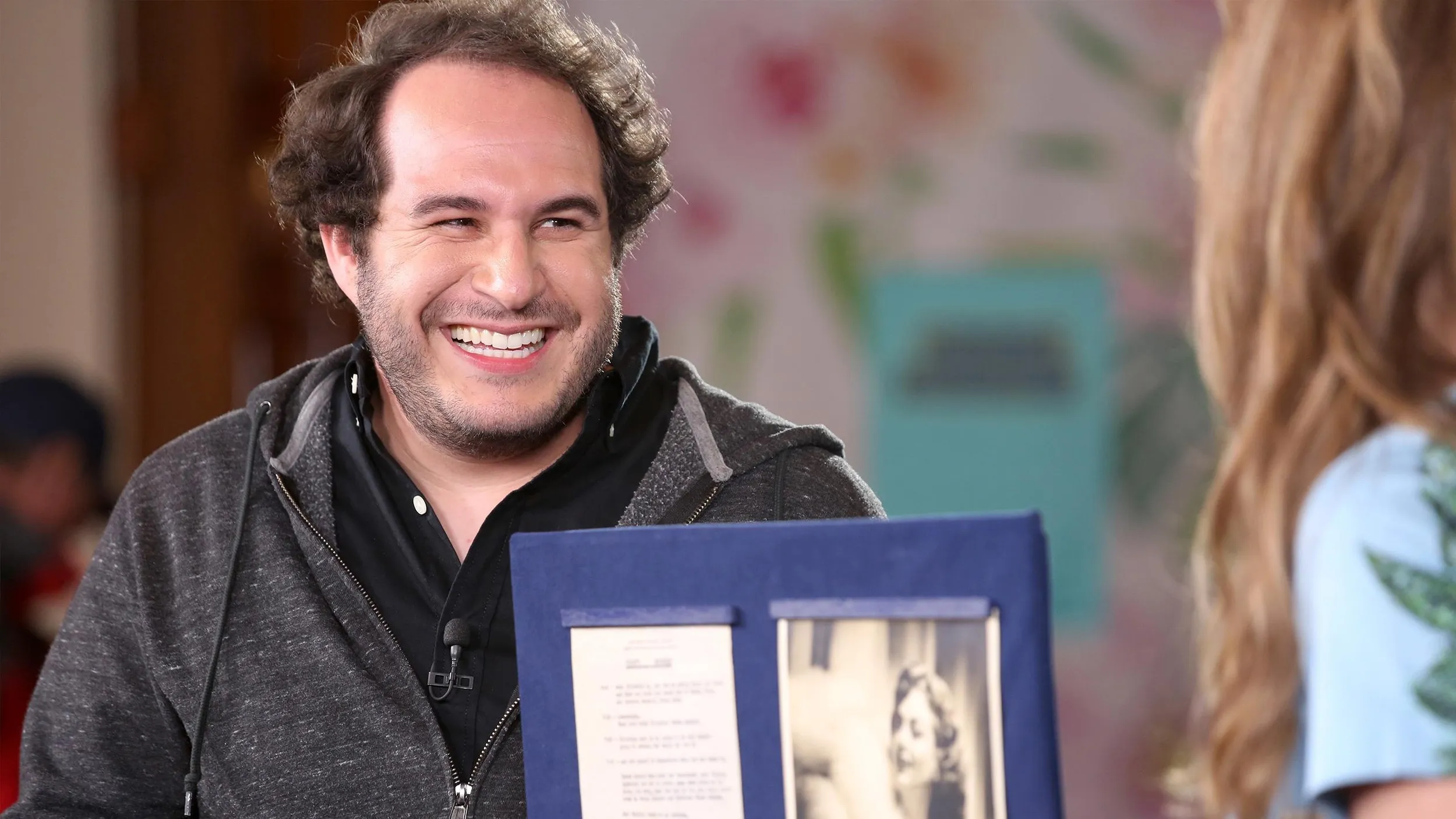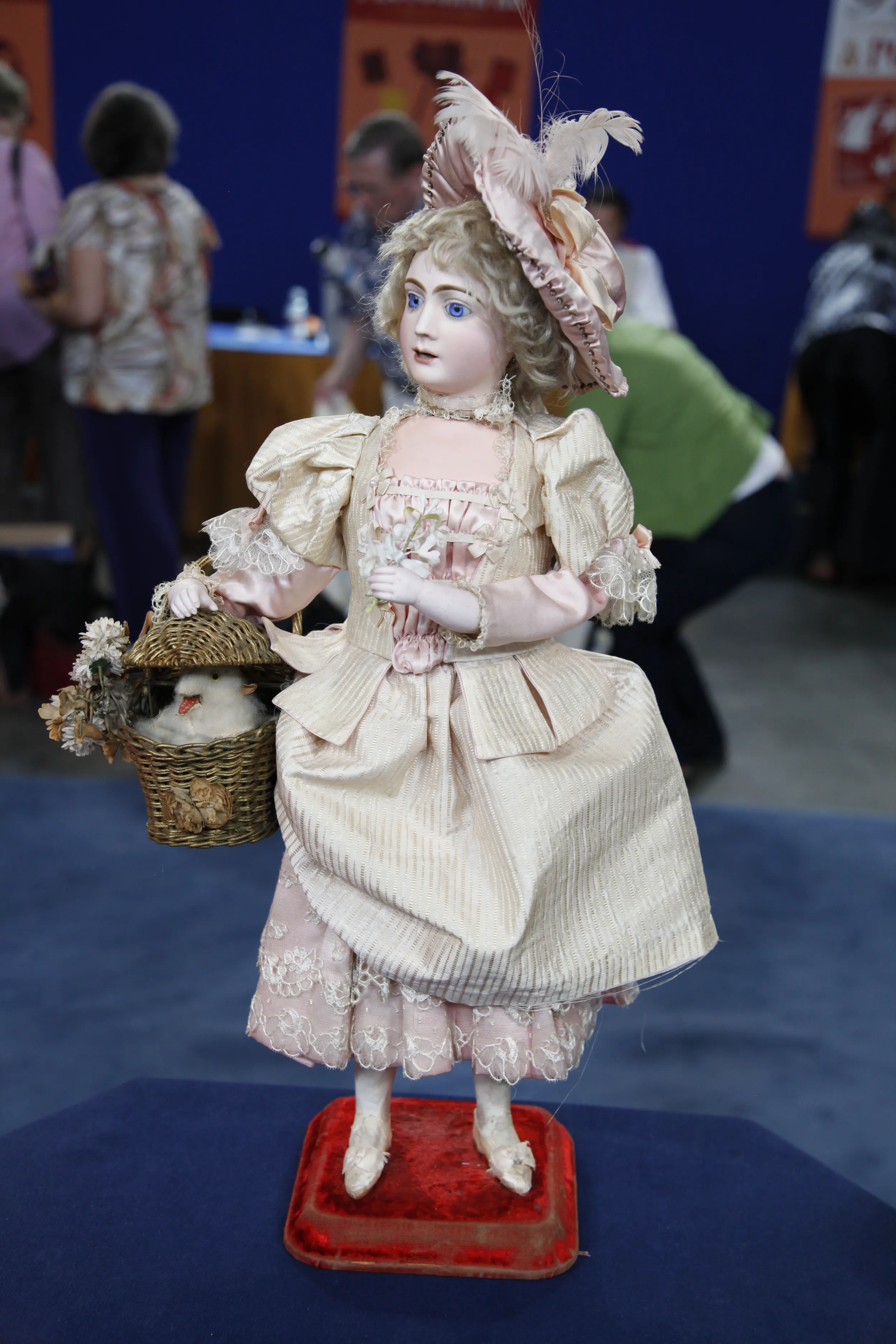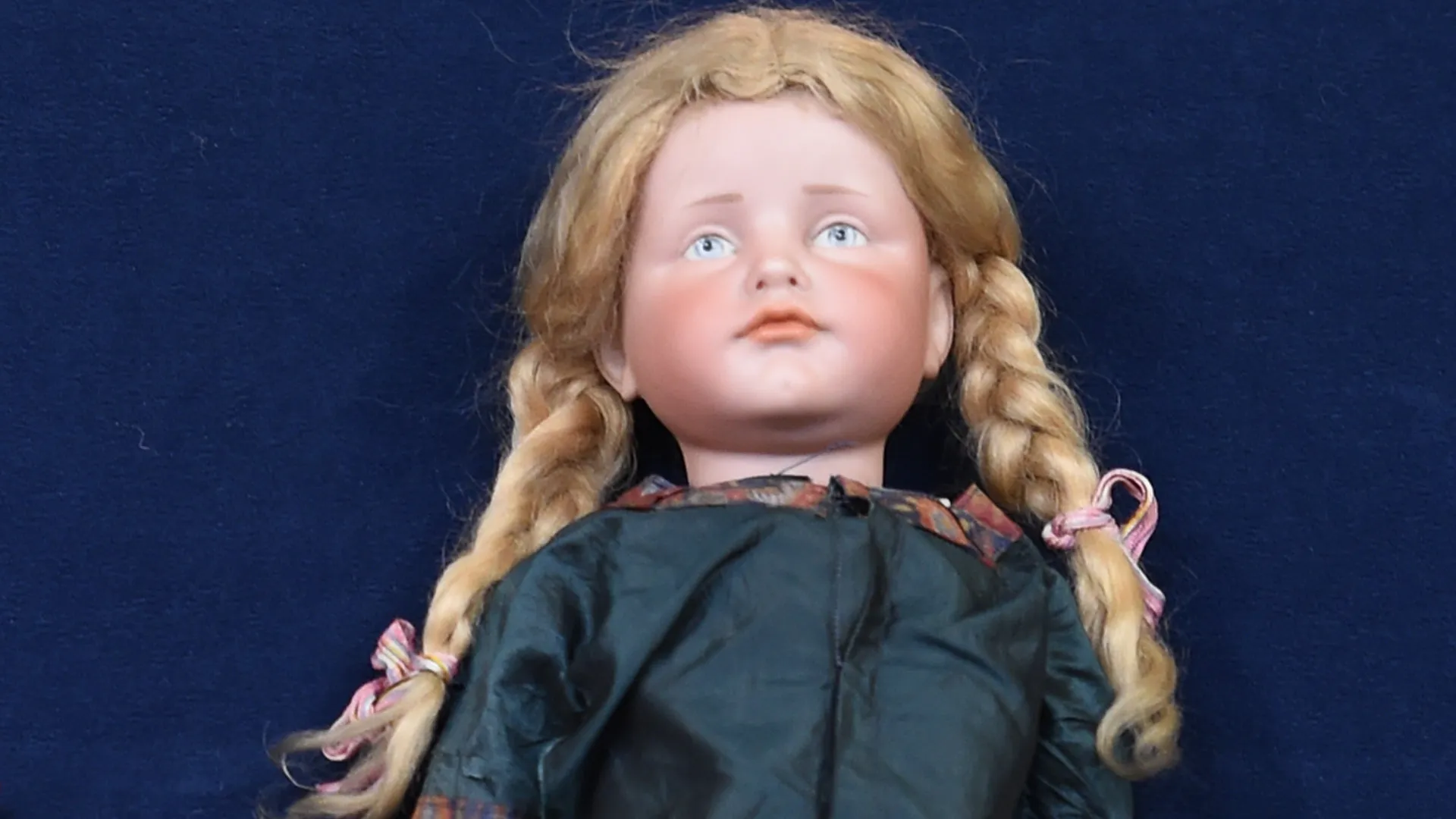German Parian Doll Head, ca. 1870

$2,000 - $2,500
Photos
Featured In

episode
Hotel del Coronado, Hour 2
Discover covetable California items appraised at Hotel del Coronado!
Bisque

appraisal

appraisal
Understanding Our Appraisals
Placeholder
ANTIQUES ROADSHOW'S Season 29 tour is underway! See where we're going

$2,000 - $2,500

episode
Discover covetable California items appraised at Hotel del Coronado!

appraisal

appraisal
Placeholder
A weekly collection of previews, videos, articles, interviews, and more!
Funding for ANTIQUES ROADSHOW is provided by Ancestry and American Cruise Lines. Additional funding is provided by public television viewers.
ANTIQUES ROADSHOW is a trademark of the BBC and is produced for PBS by GBH under license from BBC, Worldwide. PBS is a 501(c)(3) not-for-profit organization.
A weekly collection of previews, videos, articles, interviews, and more!